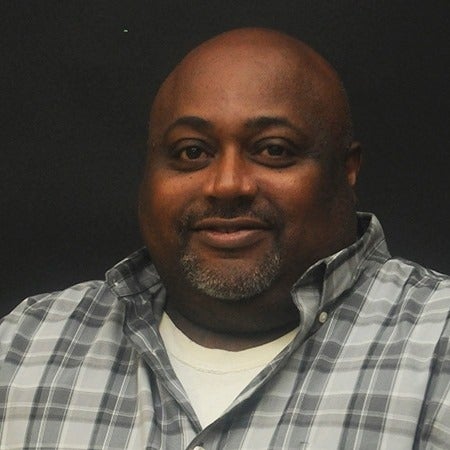Selma has treasures to discover
Published 10:26 pm Friday, January 18, 2013
The past few weeks I have spent my time deep in Selma’s history learning things I will soon be able to share with our readers in the first edition of Selma The Magazine. Before I moved here, all I knew of Selma’s history was its role in the civil rights movement.
Growing up, fourth grade was the year we learned about Alabama history and that was the first time I learned about or even heard the name Selma. I remember my teacher trying to explain Bloody Sunday and the march to Montgomery for the right to vote, but as a fourth grader far removed from Selma, those things had a hard time sinking in.
Living here however, is a different story. When you read a story or are researching bits of history that have to do with the place you live, history just sort of comes alive. I now know and understand the location and significance of the Edmund Pettus Bridge I learned about in school what seems like forever ago. I have also had the opportunity to interview a voting rights legend, Amelia Boynton Robinson at the National Voting Rights Museum. Let me tell you, when you hear a first hand account of history — not only is it more interesting and vivid than you remember it being in a classroom, but it’s something real; it’s something you’ll never forget.
During these past few weeks I’ve been studying Selma’s history in iron. I learned there is much more to Selma than what I learned in school, and since I’m discovering that history right here in town, I’m finding it to be so real and incredibly interesting. Whether it’s something I read in a book at the public library or something a historian explains to me in an interview, I have the opportunity to walk or drive around town and see what or where they were talking about for myself.
How cool is that? Our city is chock-full of historical nuggets that are just waiting to be rediscovered and appreciated by new eyes.
If you are remotely interested in Selma’s history at all, our public library has a whole section on Selma and Dallas County on the second floor and I encourage everyone to take advantage of those resources.
The names and places I read about in my research on Selma becoming a center of iron production during the Civil War are names that can still be seen around town.
For example, George Peacock, master founder and iron expert’s name can be seen right on Water Avenue. Peacock, an Englishman who came to America in 1851 — 10 years before the start of the Civil War, came to Selma in 1863 to work as the superintendent of the Naval Foundry, which operated at the time as a cannon and large-caliber projectiles factory.
His name can be seen on a water drain cover outside of the Harmony Club on Water Avenue — Peacock Iron Works it reads, the same as it did when it was stamped there years ago. His name can also be seen outside of several fenced in graves in Live Oak Cemetery, and finding them felt like a scavenger hunt of history.
To read about someone and then to actually see their work and to touch and feel a product they are responsible for is truly history coming to life, and this is just one of many instances of seeing Selma’s history come to life. I’m sure many of you have had a similar experience and know much more about Selma’s hidden treasures of history than I do, but I hope you’ll agree with me in that finding them and rediscovering those little nuggets of history is truly something special.



